The Trump-Putin honeymoon is over. After three months of lengthy one-on-one phone calls, a handful of false starts on negotiations and flashes of Trumpian boosterism over the prospect of great commercial deals with the Kremlin, a fourth summer of war in Ukraine looks inevitable. Vladimir Putin will pretend to negotiate, while at the same time continuing to pound Ukraine’s cities with missiles and pressing forward on the ground. The Ukrainians will continue to scramble for men and resources with which to defend themselves. And the White House will continue to blame both sides for not reaching a deal.
Over these three months of false hope, Putin has made two things very clear. He has no intention of calling off hostilities, and he believes that by fighting on, he can achieve his political goal of subjugating Ukraine. So the real question for Washington and Ukraine’s allies in Europe becomes this: what can be done, in practical terms, to support Kyiv and weaken Russia?
In other words, we’re back to talk of war scenarios and military hardware. And those questions have changed radically since Putin invaded back in February 2022. For a start, despite small Russian pushes in Kharkiv and Donetsk, the conflict is no longer a kinetic war for territory. Instead we’re seeing regular long-range Ukrainian missile strikes deep inside Russia, including on Moscow airports and key defense installations. Equally, Russia is launching its biggest-ever mass rocket attacks on Kyiv.
Ukrainian military intelligence reports that its First Person View drones are playing a part in the deaths of more Russians than artillery does. Ukraine is developing and manufacturing its own missiles and long-range drones capable of hitting strategic factories and other targets vital to the Kremlin’s war machine hundreds of kilometers inside Russia.
Ukraine’s need for missiles outstrips even US capacity to manufacture them
So while Donald Trump rage-tweets his frustration at Putin in his signature caps-lock – “VLADIMIR, STOP!” – and European leaders travel to Kyiv to make empty threats of sanctions against Russia, the real work of actually helping Ukraine proceeds elsewhere, under the publicity radar. For months, teams of NATO military professionals have been meeting their Ukrainian counterparts to decide what military hardware can be kept flowing to support Kyiv’s war effort as Washington’s material and political support blinks on and off.
Tanks, infantry fighting vehicles and F-16 jets are no longer front and center now that the illusion of a major counter-offensive has been jettisoned. The focus is on missile capability and defense: specifically on US-produced HIMARS rocket artillery and on longer-range cruise missiles such as American ATACMs, Anglo-French Storm Shadows and the German Taurus.
“The key components [of negotiations] are availability, production and politics,” explains a senior western military source with direct knowledge of the process of keeping Kyiv supplied with weaponry. Ukraine’s need for missiles far outstrips even US capacity to manufacture them – and western militaries have been wary of depleting their strategic stocks. This particularly applies to European systems.
As for the political part, negotiators face three challenges. One is whether the US will donate weaponry directly – sell it to Ukraine with Europe picking up the bill – or sell weapons to Europe so it can donate them to Kyiv. “There is no long- or short-term clarity from the US Department of Defense as yet,” said the source. Another political problem for European donations is who pays for them, as EU rules on new government borrowing for defense spending are yet to be clarified. But the biggest sticking point of all – and the one which worries the Ukrainian military most – is whether western missiles can be used to strike targets inside Russia.
For much of the war so far, every donation of lethal western weaponry came hedged with restrictions imposed by the donors, all designed to avoid giving the Kremlin an excuse to claim NATO had become directly involved in the conflict. For months in the summer of 2023 Berlin dragged its feet on supplying Leopard-2 main battle tanks for fear of provoking a Russian escalation. It was only in the dying embers of the Biden administration that Washington allowed its rocket artillery to be used against targets inside Russia proper for the same reason, with a system of caveats in place.
That taboo is now being lifted. German Chancellor Friedrich Merz said in May that range limits on German-supplied Taurus missiles would be scrapped, as well as announcing funding for a joint-venture factory to produce them inside Ukraine. Taurus, in particular, is uniquely suited for destroying targets such as the Kerch Bridge, given its high-yield penetrating warhead and programmable fuse. Moreover, the Biden administration’s imposed limits on Ukrainian assassinations and terror style attacks inside Russia also seem to have disappeared; there has been an uptick in attacks on Russian commanders in their homes and cars. Paradoxically, the US stepping back from the conflict signals that Kyiv is freer to launch more daring attacks.
Another crucial area of back-channel diplomacy concerns providing Ukraine with defensive anti-missile capabilities that will be a practical, rather than purely a political, way to protect Ukraine from future Russian aggression. Terminal High Altitude Area Defense (THAAD) is an integrated air-defense system based on Patriot batteries: it is the last word in missile interception manufactured and controlled by the US. The White House has yet to approve a THAAD system for Ukraine, even if Europe pays the $50 billion bill.
Russia has said THAAD would constitute a deployment of NATO weaponry right on its border, violating one of the Kremlin’s main demands for future Ukrainian military neutrality. But THAAD could be a vital component to Kyiv’s future security by guaranteeing peace militarily.
With hopes for a rapid ceasefire gone and diplomacy taking a back seat to a renewed season of war, the key challenge will be how to ensure Ukraine’s military survival until Putin’s latest offensive is spent and his last illusions of victory dashed.
This article was originally published in The Spectator’s July 2025 World edition.



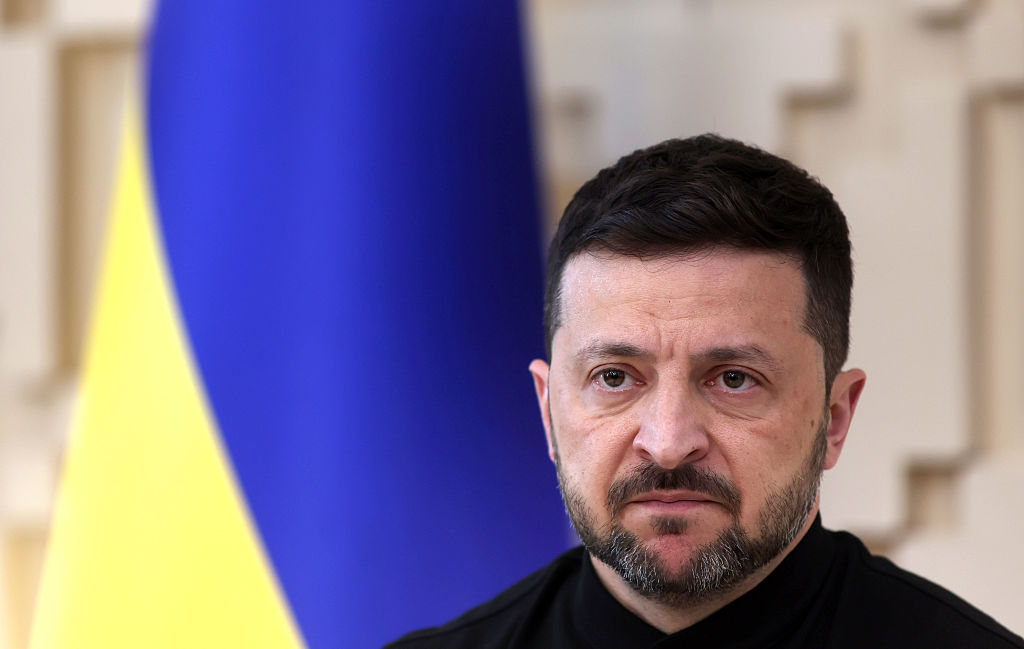






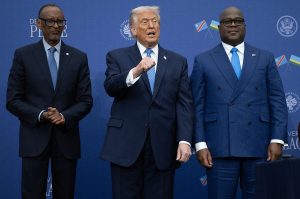

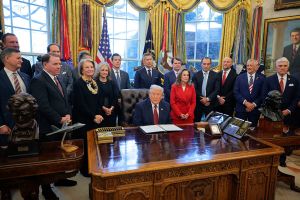
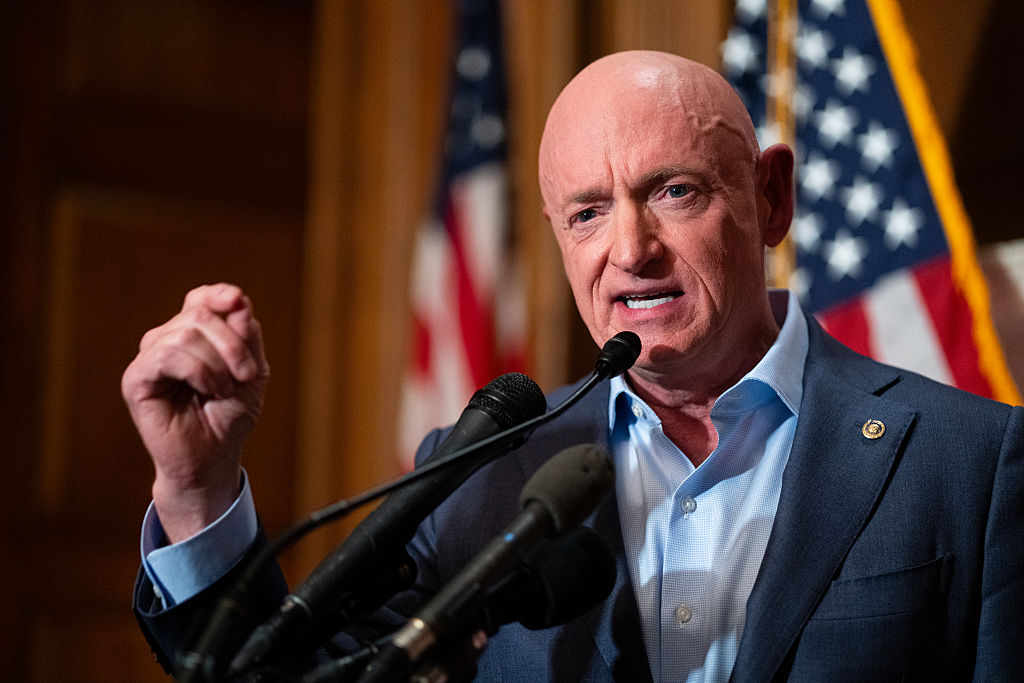
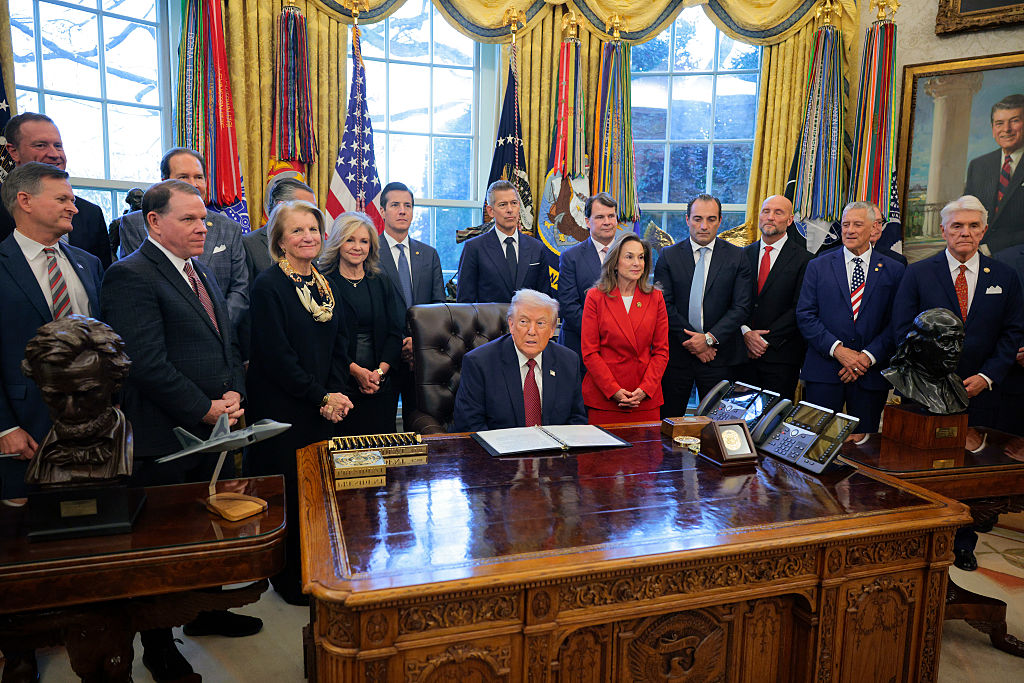
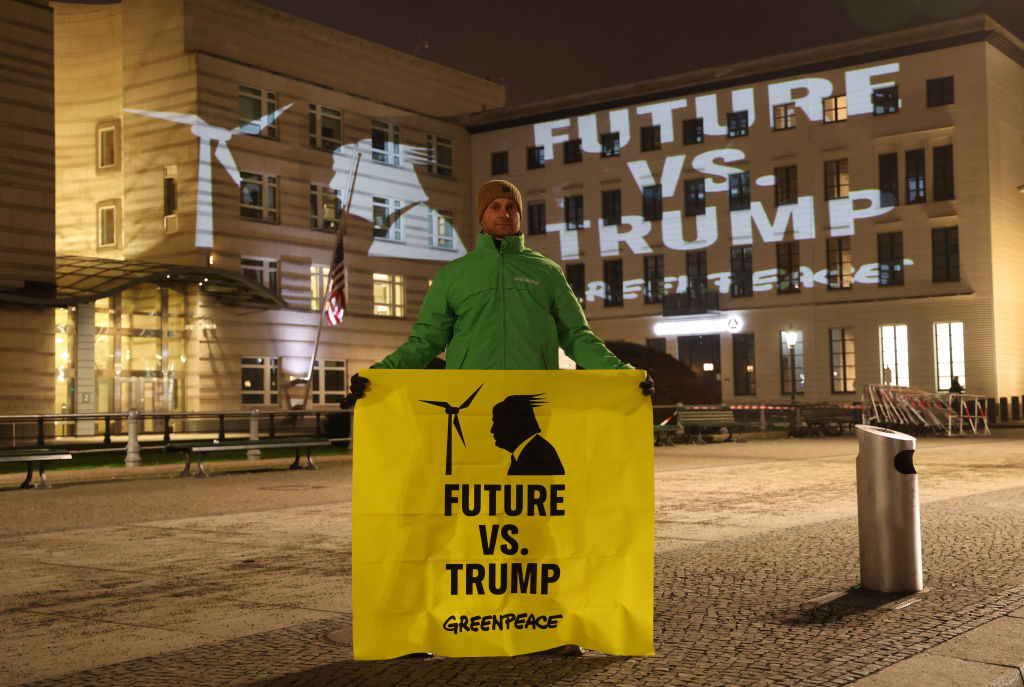
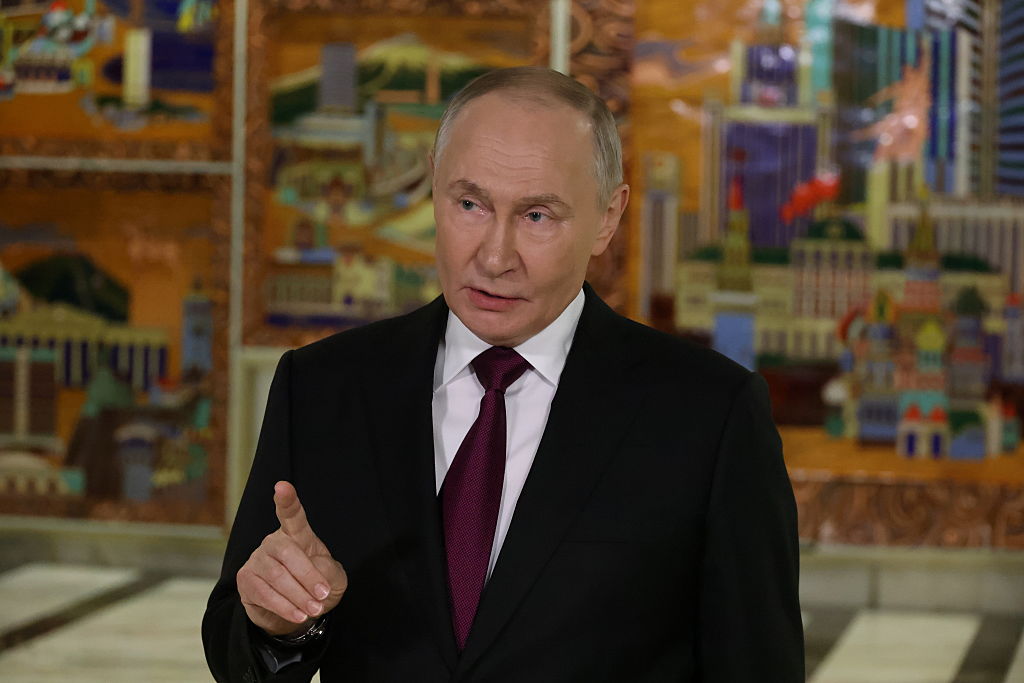
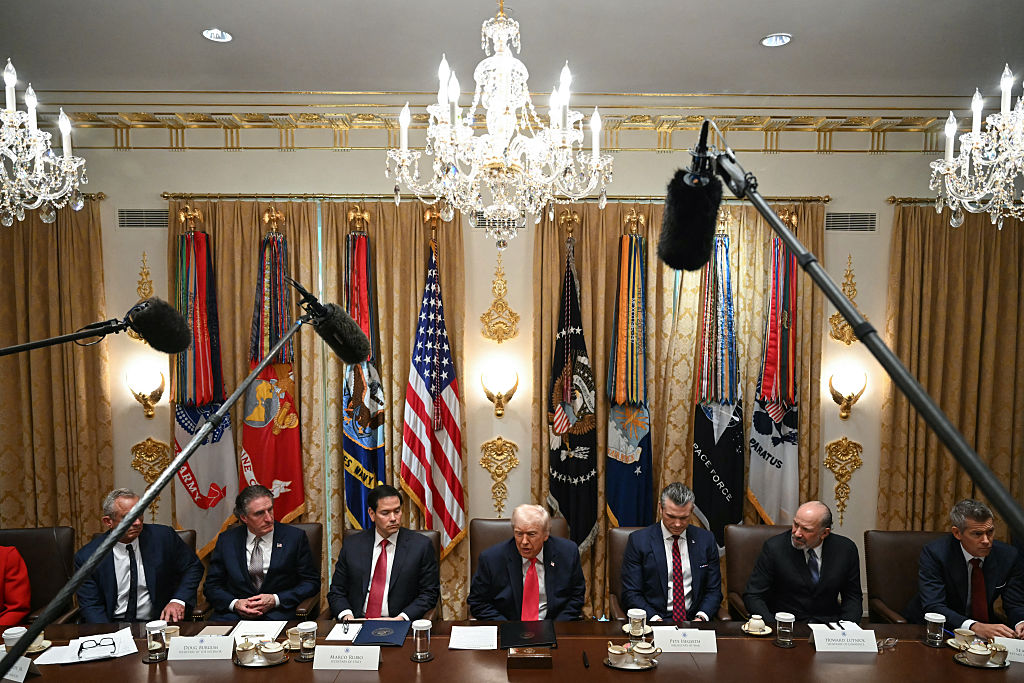
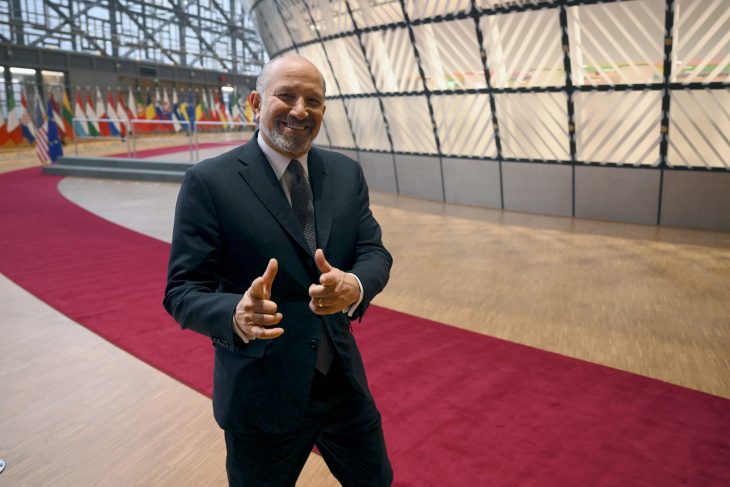





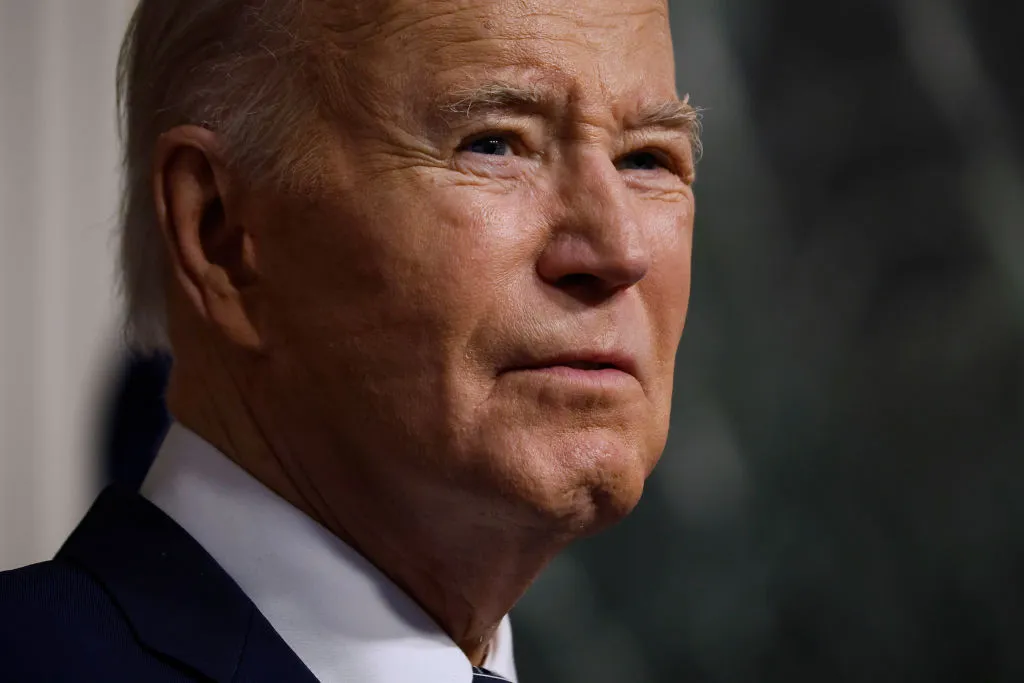

Leave a Reply